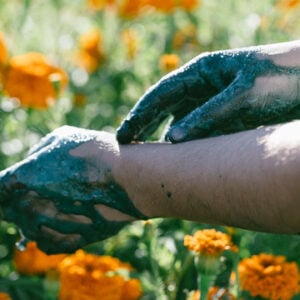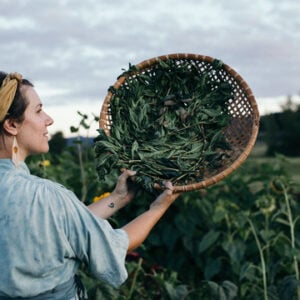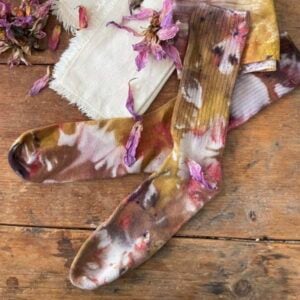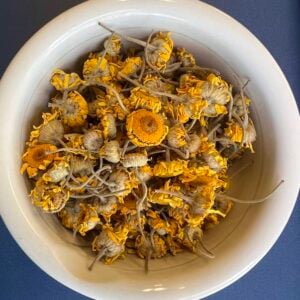Welcome to this week’s Sunday Visit, our ongoing interview series where we explore the creative, inspiring, and deeply rooted stories shaping our botanical and fiber community. Today, we’re thrilled to sit down with the Hudson Valley Seed Company, a pioneering force in preserving biodiversity, seed storytelling, and sustainable agriculture from their vibrant base in Accord, New York.
From humble beginnings in a public library catalog to becoming the largest producer of Northeast-grown and adapted seeds, the Hudson Valley Seed Company has blossomed into a national leader in open-pollinated, heirloom, and organic seeds-each one packaged in artist-designed envelopes that celebrate the living stories within. Their mission is as much about cultivating community and cultural heritage as it is about nurturing plants, weaving together the threads of art, history, and environmental stewardship with every seed they share.
Join us as we dig into their journey, discover what inspires their work, and learn how seeds-like stories-can connect us to the land, to each other, and to a more resilient future.
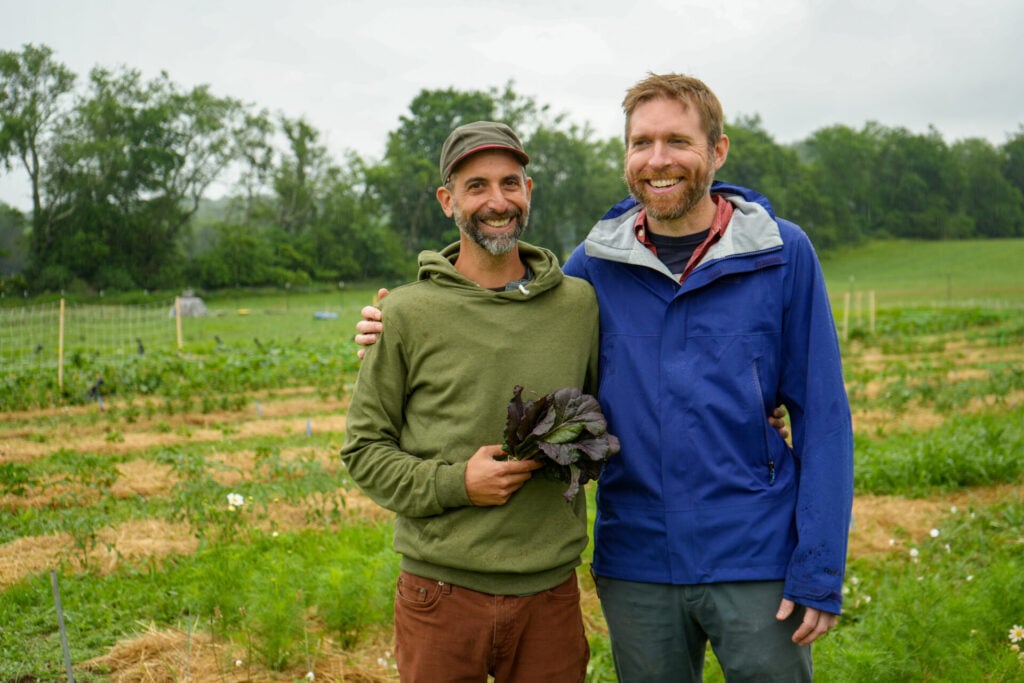
Can you tell us a little bit about your origins and your founders?
We started as a small seed library project based as the Gardiner Library, in Gardiner, New York, back in 2003, by K Greene. In 2008, with his partner Doug Muller, he reimagined the project as the Hudson Valley Seed Library, based out of their home and farm in Accord, New York.
Your company started as a seed library program in 2004. How did this evolve into the Hudson Valley Seed Company, and what inspired you to incorporate artwork into your seed packaging?
In 2016 the company rebranded itself as the Hudson Valley Seed Company to reflect its commitment to its customers to provide reliability and service on top of the more mission-driven part of its work. We’ve always been interested in the arts, and we decided to explore pairing our varieties with works of art to help tell the stories of the seeds we curate, grow, and sell.
Can you describe the process of selecting artists for your Art Pack line? How do you ensure that the artwork reflects the story and significance of each seed variety?
We do a call for art every year in which interested artists submit samples of their existing work. We then identify artists whose styles, capabilities, and vibes match what we’re looking for vis-a-vis the new packs we are planning (we choose the varieties before we choose the artists). We work hand in hand with the artists to develop their finished work, ensuring (to the best of our ability in our role as advisors) that it reflects the spirit of the variety.

As a values-driven seed company, how do you balance the preservation of heirloom and open-pollinated seeds with the demands of running a business?
We actually aren’t a preservation-focused company. Though we are grounded in open-pollinated and heirloom varieties and certified organic seed, we work with publicly funded plant breeders to help release new varieties, too. Our main mission is to meet the needs of our customers while ensuring we offer high-quality seeds that embody the spirit of independence, quality, and reverence that we believe seeds deserve.

Your mission emphasizes both farming and storytelling. How do you see these two aspects intertwining in your work, particularly in relation to seed preservation?
We have our own seed farm where we produce many of our the seeds we sell in our catalog! It’s the part of the business we feel a lot of innate passion about. There is a direct line from experiences in the field, with the plants, with the seeds, to the stories we tell about them.

How has your company’s focus on organic and sustainable practices evolved since your founding, and what challenges have you faced in maintaining these principles?
We’ve been using only organic practices since day one, but it remains a challenge to offer everything in the catalog as certified organic seed, in particular flowers, as the network of organic seed suppliers and contract growers in the country is limited. But we do our best to keep increasing the ratio of organic to non-organic seeds in our catalog higher and higher.
Your company has expanded to include a retail store and education center. How do these new elements further your mission of seed awareness and education?
We’ve been asked by customers to visit our farm since our early days, but we’ve never had the facilities to allow more than an occasional tour. With our new home base, we are excited to welcome our customers and share our passion for seeds. We will be offering tours of our trial gardens and fields, seed-saving demonstrations, and botanically-based arts workshops. Plus we now have a retail-facing greenhouse where customers can pick up plant version of many of the seeds we sell!

Some of your seeds are suitable for natural dyes. How did you become interested in this aspect of seed cultivation, and how does it tie into your overall mission?
Botanical dyes are beautiful, and the processes required to make use of them are interesting. It felt like a natural alignment with our artist-designed seed packs to embrace seeds that allow gardeners to make their own colorful textile art!

As co-founders with backgrounds outside of agriculture, what were some of the biggest learning curves you faced when starting Hudson Valley Seed Company?
Running a farm and a business means learning your craft well (which came with plenty of challenges related to scaling, pests and diseases, infrastructure, etc.) as well as engaging with a lot of the “regular” stuff around running any business: reading a balance sheet, navigating staffing challenges, etc. Big learning curves all around! 🙂


